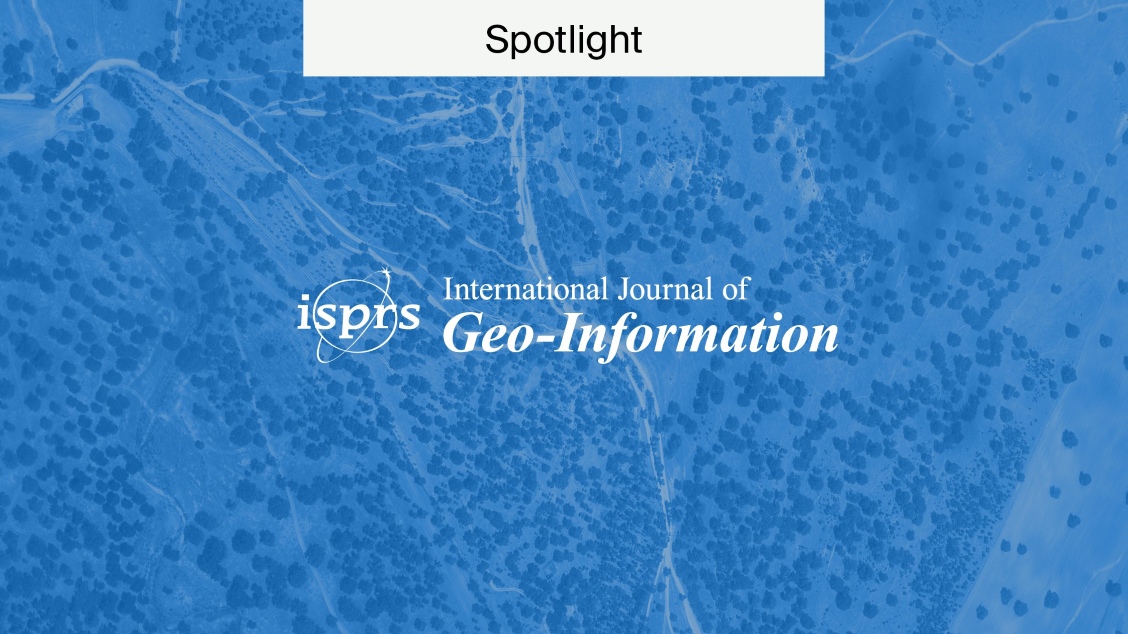
Innovation in Material Science
Innovation in material science has the power to impact a wide range of fields, from engineering to biomedicine, energy, and solar fuels. There is a lot of exciting research in this area to explore. Furthermore, as artificial intelligence (AI) and machine learning tools develop, it’s important to keep up with all recent developments in this area.
The MDPI and Open Access journal Materials’s recent conference, 5th International Conference on Materials: Advances in Material Innovation (ICM 2024), brought together innovative researchers in the field of materials. The conference was held in Basel, Switzerland, from the 25th to 27th of September 2024 and boasted a range of speakers at the top of their fields. Additionally, this included presentations from plenary speakers Professor Dr Andrea Ferrari, Professor Dr Milica Radisic, and Professor Dr Hyunsso Yang. Each of these featured speakers is conducting groundbreaking research within their separate fields. Because of this, this article, explores their discoveries and how their research is impacting innovation in materials.
Professor. Dr. Andrea Ferrari: Graphene Technology
The first plenary speaker to present at the conference was Professor. Dr Andrea Ferrari. He is a Professor of Nanotechnology and a Professorial Fellow of Pembroke College, Cambridge. Additionally, he founded and directs the Cambridge Graphene Centre and the EPSRC Centre for Doctoral Training in Graphene Technology.
Prof. Dr. Andrea Ferrari is a leader in the fields of graphene technology, carbon allotropes, layered crystals, and hybrid nanomaterials. Graphene-related materials can be used for a wide range of applications and are commonly used to reinforce polymers. Graphene is the strongest material in the world. Because of this, it is commonly used as a substitute to carbon-based materials, enhancing the mechanical, electrical, and thermal properties of polymers. Furthermore, graphene has natural antimicrobial properties, and graphene oxide is commonly used in antimicrobial applications. Excitingly, the potential of graphene is being tested for space exploration.
Graphene in Space
In 2022, Graphene Flagship Partners University of Cambridge (UK) and Université Libre de Bruxelles (ULB, Belgium) paired up with the Mohammed Bin Rashid Space Centre (MBRSC, United Arab Emirates) and the European Space Agency (ESA) to test graphene on the moon. The team incorporated graphene-based composites into the wheels of the Rashid rover, launched to the moon in December 2022. The aim was to investigate if graphene-based composites could protect spacecraft from the harsh conditions of the moon, especially against lunar dust.
“The Graphene Flagship is spearheading the investigation of graphene and related materials (GRMs) for space applications. In November 2022, we had the first member of the Graphene Flagship appointed to the ESA astronaut class. We saw the launch of a sounding rocket to test printing of a variety of GRMs in zero gravity conditions and the launch of a lunar rover that will test the interaction of graphene-based composites with the Moon surface.”.
“When combined with polymers, GRMs can tailor the mechanical, thermal, and electrical properties of the host matrices. These pioneering experiments could pave the way for widespread adoption of GRM-enhanced materials for space exploration,” says Prof. Dr. Andrea Ferrari, Science and Technology Officer and Chair of the Management Panel of the Graphene Flagship.
ICM 2024
Prof. Dr Andrea Ferrari presented the successes of taking graphene and related layered materials from raw potential to the point where they have revolutionised a wide range of fields and industries. Additionally, he highlighted the journey of innovation initiated with the Graphene Flagship and the Advances in Materials Innovation targeted by the Innovative Advanced Materials for Europe partnership (IAM-I).
“The ambition of the partnership, driven by the association, is to establish and maintain a cross-sectorial, multidisciplinary, collaborative Europe-wide Research and Innovation ecosystem that will significantly accelerate the time-to-market of sustainable innovative advanced materials (IAMs) and associated technologies designed for a digital circular economy.” – IAM-I
Professor Dr. Milica Radisic
The next plenary presentation was presented by Professor Dr Milica Radisic, professor at the University of Toronto in Canada. In addition, she is also a research chair in organ-on-a-chip engineering and a senior scientist at the Toronto General Research Institute. Professor Dr Milica Radisic has an impressive research portfolio. Moreover, she is internationally recognised for developing and shaping the new field of organ-on-chip engineering. This includes developing new biomaterials that promote healing and attenuate scarring.
Organ-on-chip technology
Organ-on-chip technologies have revolutionised the field of healthcare. Moreover, they have even propagated conversations about the potential of personalised healthcare. They are multichannel microfluidic cell culture systems lined with human cells and tissues that mimic human physiology.
Stem cells can be taken directly from a patient and cultivated in an organ-on-chip system. This organ-on-chip system can then be used to trial medications, replacing other forms of drug trials.
This is a much safer alternative and allows researchers to see how individual patients will react to certain treatments. Moreover, researchers can also use it to further understand how certain diseases and conditions affect bodily systems.. One example of this is research that Professor Dr. Milica has recently supported, where researchers from the University of Toronto investigated the causes of COVID-19-induced heart inflammation. Moreover, they also uncovered strategies to reduce its impact.
Organ-on-chip technology to investigate effects of COVID-19
The researchers created a unique heart-on-chip model grown in a 3D setting. This included a network of blood vessels surrounded by heart tissues to mimic a real heart.
Using this model, the researchers introduced the live COVID-19 virus and immune cells to the blood vessels, mimicking how the immune cells respond following exposure to the virus. Creating a real-time model of immune cells reacting to COVID-19 and how it affects the heart, and its vessels allows researchers to better understand the virus and how to prevent cardiovascular damage.
This technology has huge potential to reduce research and development costs during drug development. Furthermore, it reduces reliance on animal models and can mimic human systems more accurately. However, because this technology is still relatively new, researchers are still understanding the extent of this technology.
ICM 2024
Professor Dr. Milica Radisic’s presentation at ICM 2024 focused on scaffolding materials to support organ-on-chip cell growth and functions. Scaffolding materials can guide and help to organise cells in organ-on-chip systems, allowing them to form cell-cell interactions. In particular, she highlighted how using scaffolding materials such as thermoplastic elastomer composites to support biowire heart-on-a-chip devices has largely improved the efficiency of the system.
Professor. Dr. Hyunsoo Yang
The final plenary speaker was Professor. Dr. Hyunsoo Yang, a professor in the Department of Electrical and Computer Engineering at the National University of Singapore (NUS). Prof. Dr Hyunsoo Yang has an impressive body of research on various magnetic materials and devices for spintronics applications. Furthermore he leads a research group at NUS focussing on spintronics optoelectronics devices and their applications. Their group is a part of SEL (Spin and Energy Lab) and ISML (Information Storage Materials Laboratory) in the Department of Electrical & Computer Engineering.
Spintronics for processing information
Spintronics is a new technology for storing, displaying, and processing information based on changes brought in the electronic properties of the material by magnetic fields. As the modern world continues to develop, we produce more digital information that needs efficient and sustainable storage.
Spintronics-based memory devices have the potential to provide a solution to this issue. Spintronics-based systems can leverage the magnetic property of electrons; this is known as an electronic spin. This is more efficient than conventional electronics. As they rely on the manipulation of electron charge, which is slower and creates less efficient memory technologies. Moreover, spintronics utilise the electron spin to encode and process information because of this it has great potential to create more effective and sustainable memory technologies.
ICM 2024
Prof. Dr Hyunsoo Yang presented his research group’s perspective on spin device applications using emerging 2D materials. Moreover, this included details on their previous proposals for field-free spin-orbit torque (SOT) switching of perpendicular magnetic anisotropy (PMA) and the challenges that come with this. Additionally, he also discussed magnon-mediated spin torques and their applications in reducing Joule heating and corresponding energy dissipation.
Summary
ICM 2024 covered a wide range of interesting topics and research within the field of materials. If you would like to find out more about the conference, please see their webpage, or alternatively, if you would like to read more about the speakers research, please see here for published abstracts.










